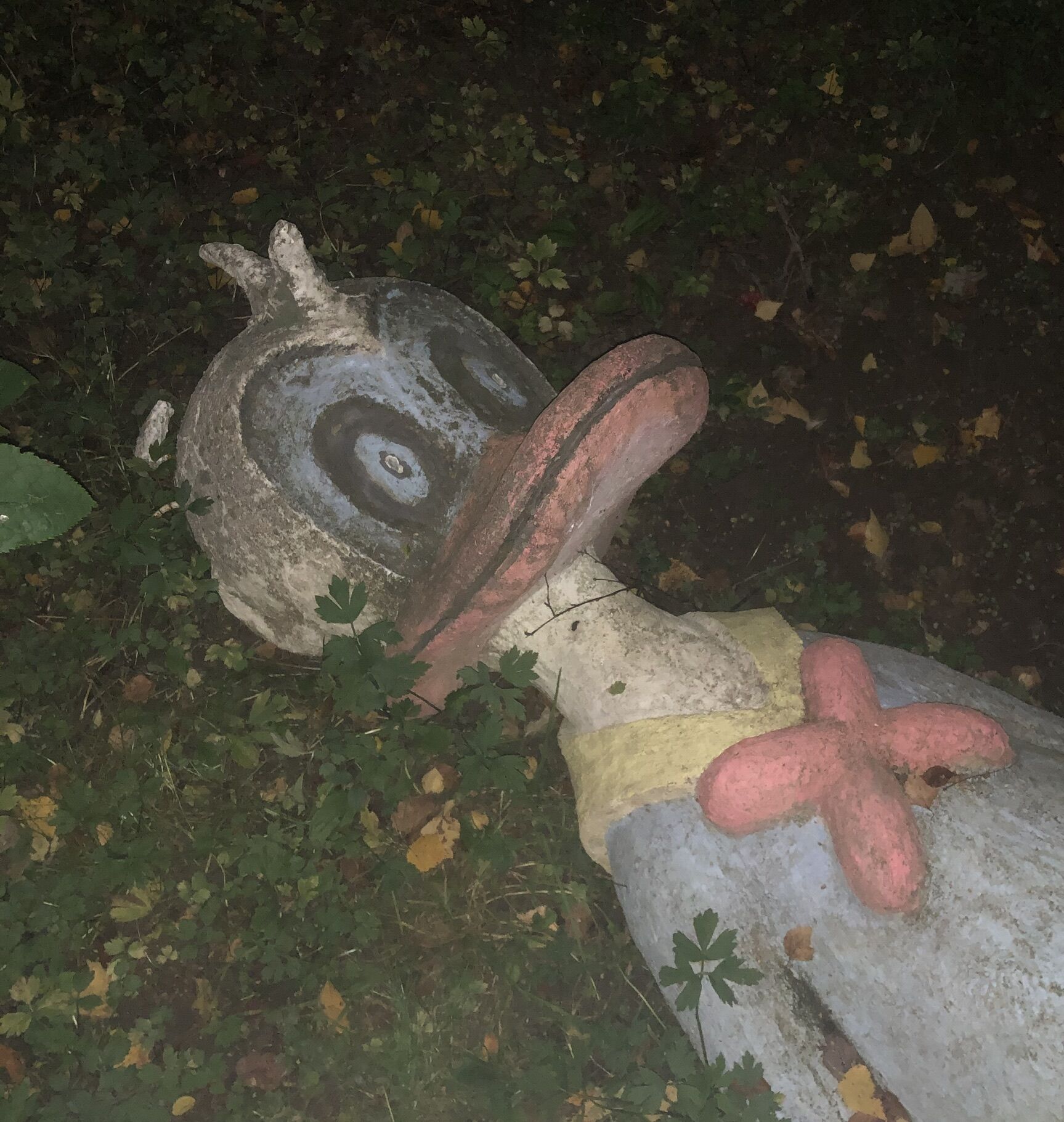 Context:
Context:
Evidence suggesting that earth had a ring in the Ordovician
Earth may have had a ring during the middle Ordovician, from ca. 466 Ma.
Breakup of an asteroid passing within Earth’s Roche limit likely formed the ring.
Among several features preserved is a near-equatorial band of impact craters.
Shading of Earth by the ring may have triggered a global icehouse period.
All large planets in our Solar System have rings, and it has been suggested that Mars may have had a ring in the past. This raises the question of whether Earth also had a ring in the past. Here, we examine the paleolatitudes of 21 asteroid impact craters from an anomalous ∼40 m.y. period of enhanced meteor impact cratering known as the Ordovician impact spike, and find that all craters fall in an equatorial band at ≤30°, despite ∼70 % of exposed, potentially crater-preserving crust lying outside this band. The beginning of this period is marked by a large increase in L chondrite material accumulated in sedimentary rocks at 465.76 ± 0.30 Ma, which, together with the impact spike, has long been suggested to result from break-up of the L chondrite parent body in the asteroid belt. Our binomial probability calculation indicates that it is highly unlikely that the observed crater distribution was produced by bolides on orbits directly from the asteroid belt (P = 4 × 10–8). We therefore propose that instead, a large fragment of the L chondrite parent body broke up due to tidal forces during a near-miss encounter with the Earth at ∼466 Ma. Given the longevity of the impact spike and sediment-hosted L chondrite debris accumulation, we suggest that a debris ring formed after this break up event, from which material deorbited to produce the observed crater distribution. We further speculate that shading of Earth by this ring may have triggered cooling into the Hirnantian global icehouse period.
must’ve been a hell of a meteor shower for a few ten thousand years at the beginning, too
no you have to go back you idiot
this feels like it was something that was meant to be a joke but got really emotional and im crying now
[melancholic electric guitar playing]
grows legs
As an aside, we’re living in the perfect time to observe Saturn’s rings. They’re super young, less than 100M years old by even by oldest estimates. 100M is practically a blink of an eye by geological standards, let along interstellar standards.
I’m not crying, you’re crying
I remember learning about this fishie as a kid. I bought a book on the evolution of fishes as a kid cause I liked the pictures, but also learned quite a bit from it.
I doubt it would be that big though










